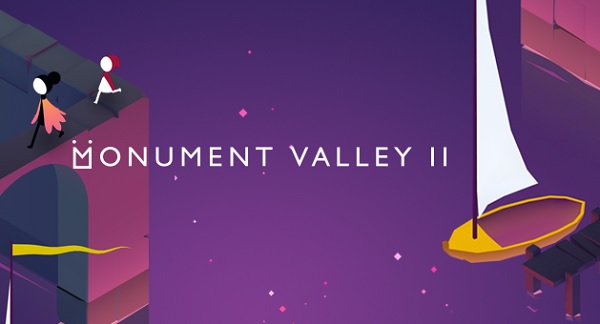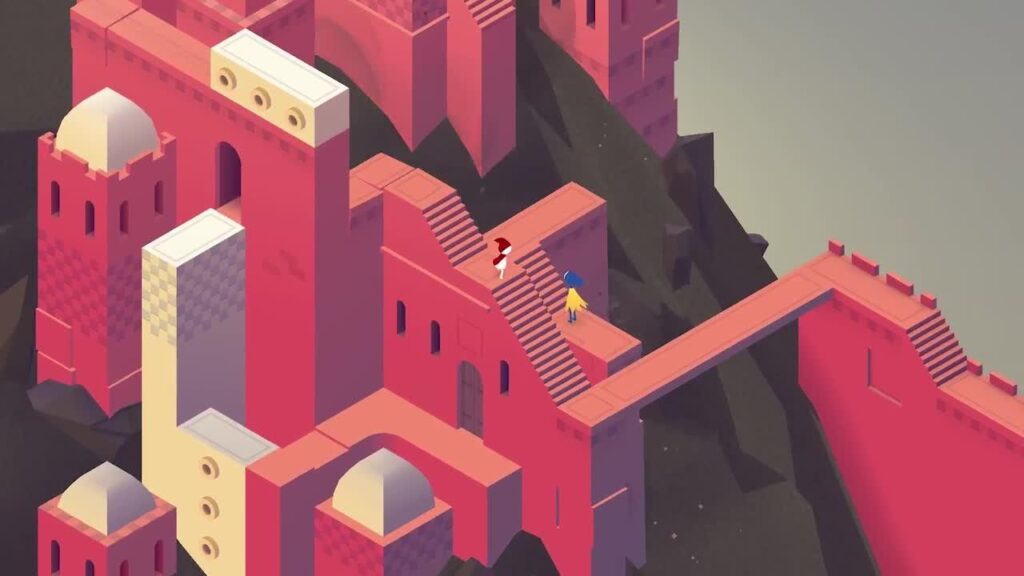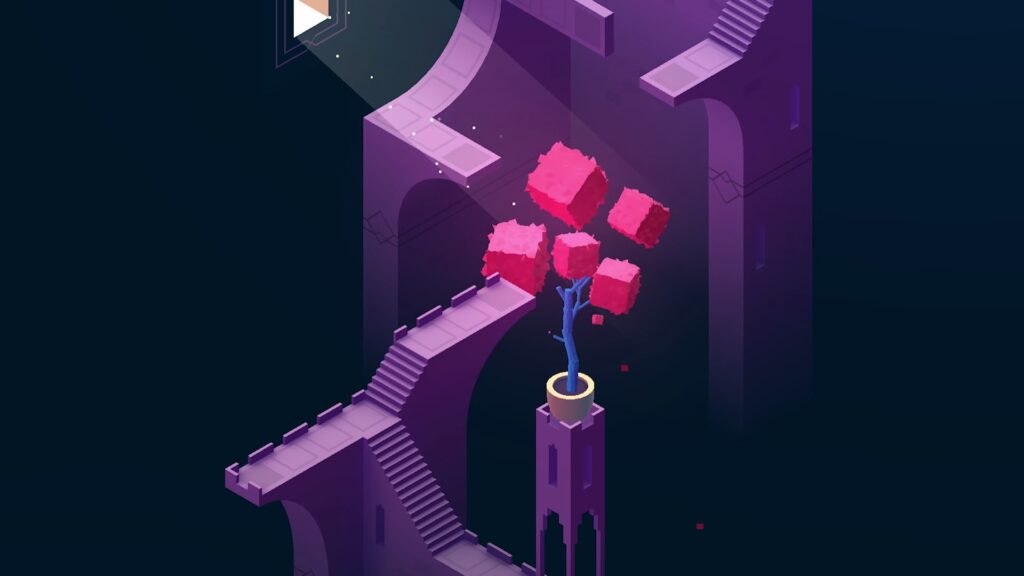There is a trending voice on socials that says that “GDDs are not important,” and that “Who wants to read all of that text?” and so on. I am mostly a writer, and writing is important. Not because every piece we write needs to be shared among our team. But because it’s the best medium (and the cheapest) to have clear ideas.
When you learn how to write, you become a better communicator. You can also inspire others with short sentences on a Slack channel. But to arrive at that, you need to write a lot. One of the reasons I have this daily blog is this one.
I am applying to a Spanish government’s fund for video games, and I was faster in completing all the documentation needed because I have written a lot about my game in great detail. And I am continuing to do it every day as I play the build I have.
I like to read again what I wrote 3 months later and see how the game evolves. There are also documents that I want to keep updated with changes. Others that I like to print and have physical. It’s part of my love for the craft.


